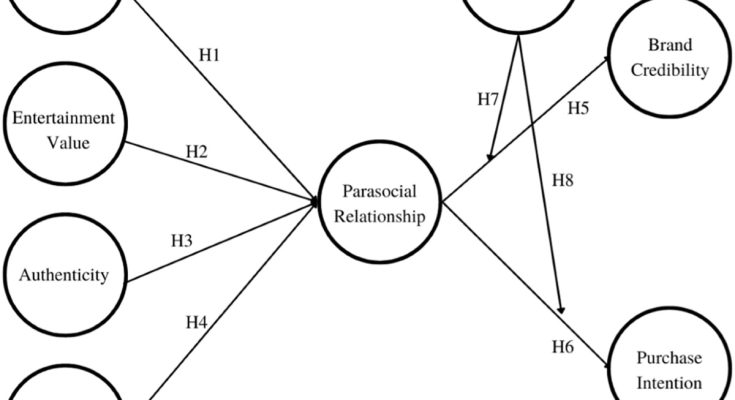In the competitive world of proposal writing, where every word is meticulously crafted to convey value and expertise, it’s easy to overlook the silent influencer: formatting. Beyond the compelling narrative and solid arguments, the layout of your proposal plays a crucial role in shaping the reader’s perception and ultimately, influencing their decision. Understanding the psychology behind visual hierarchy and strategic formatting can be the difference between a proposal that lands in the “approved” pile and one relegated to the “rejected” stack.
The Power of Visual Hierarchy: Guiding the Reader’s Eye
Our brains are wired to seek order and patterns. A well-formatted proposal leverages this inherent preference through visual hierarchy. This refers to the arrangement of elements to guide the reader’s eye through the document in a logical and engaging manner. Effective use of headings, subheadings, bullet points, and white space creates a clear structure that instantly communicates the key takeaways. Larger fonts, bold text, and strategic use of color can highlight critical information, drawing attention to the most compelling aspects of your proposition. Conversely, a cluttered, dense, or poorly organized proposal overwhelms the reader, making it difficult to extract critical information and ultimately diminishing its persuasive power.
Cognitive Ease and the Appeal of Simplicity
The principle of cognitive ease, a core concept in behavioral economics, suggests that we are more likely to accept ideas that are easy to understand and process. A visually appealing and well-structured proposal directly contributes to cognitive ease. Clear headings, concise sentences, and judicious use of visuals reduce the cognitive load on the reader, allowing them to focus on the substance of your argument rather than struggling to decipher its meaning. By presenting information in a digestible proposal format, you subconsciously create a more positive impression, making the reader more receptive to your ideas and increasing the likelihood of acceptance.
Building Trust Through Professional Presentation
The visual presentation of your proposal is a direct reflection of your attention to detail and professionalism. A meticulously formatted document signals that you are thorough, organized, and committed to delivering high-quality work. In contrast, a sloppy or inconsistent layout can raise red flags and erode trust. Decision-makers often equate the quality of the proposal with the quality of the service or product being offered. By investing in a professional format, you are implicitly demonstrating your commitment to excellence and reinforcing the perception that you are a reliable and trustworthy partner.
Formatting Best Practices for Maximum Impact
To harness the persuasive power of formatting, consider these best practices: use a consistent font and style throughout the document; employ ample white space to prevent visual fatigue; create clear and concise headings and subheadings; utilize bullet points and numbered lists to organize information; incorporate relevant visuals, such as charts, graphs, and images, to illustrate key points; and ensure that all elements are aligned and consistent. By mastering these techniques and understanding the psychological principles behind visual hierarchy and cognitive ease, you can transform your proposal from a simple document into a powerful tool for persuasion, ultimately increasing your chances of securing that coveted approval.



